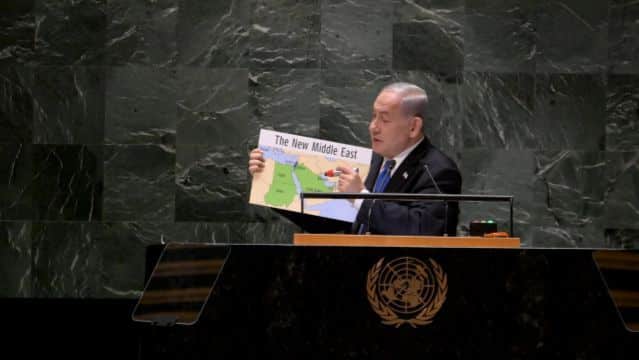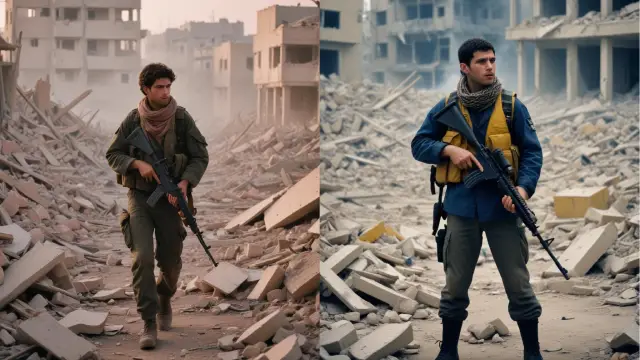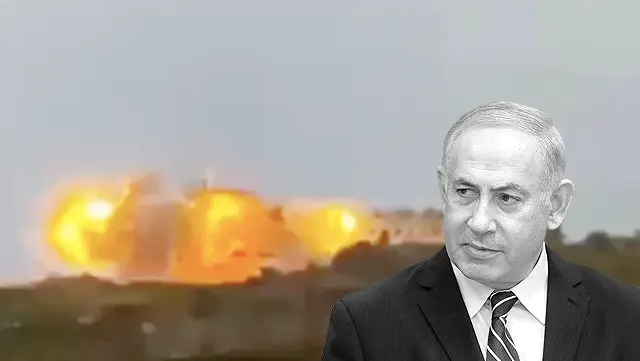Benjamin Netanyahu revealed the plan to rebuild settlements in Gaza. But who does this plan serve?
Israeli Prime Minister Benjamin Netanyahu announced on April 17 that his cabinet has approved a 19bn₪ plan (US$5bn) to rebuild settlements in Gaza and invest in its healthcare and education sectors. “We will invest in housing, infrastructure, education, employment, medicine, and more,” Mr Netanyahu said.
“Hamas terrorists wanted to uproot us—but we will uproot them and deepen our roots,” he said in a statement.
“We will build the Land of Israel and protect our country,” Mr Netanyahu claimed.
This decision to rebuild settlements in Gaza comes within a few days of Israel suffering an ignominious blow from Iran, which fired hundreds of missiles into the occupied Palestinian territories.
However, the decision doesn’t mean Mr Netanyahu is showing generosity towards the Palestinians against whom his government has launched a genocide since October last year.
Rebuild settlements in Gaza for whom?
Mr Netanyahu’s plan to rebuild settlements in Gaza doesn’t consider the Palestinians. Rather, it’s focused on rebuilding the occupation settlements near the Gaza border, to create a buffer zone.
The government’s five-year plan will be to rehabilitate the Tekuma region. Out of the total $5bn, a quarter would be spent on developing the region and the rest on restoring the “damages” sustained during Hamas’s Operation Al-Aqsa Flood on October 7th last year.
According to a draft plan released last month, the government’s arm, the Tekuma Authority, would renovate or rebuild damaged homes spending 1.35bn ₪ ($370m). It has plans for an amphitheatre, a new beach strip, a research and development centre, and two medical facilities.
More than 57,000 evacuees from the Tekuma region are back home. However, according to the Israeli media 12 towns, which were severely hit in the Hamas attack, will take until 2025 to rehabilitate and repopulate.
While $5bn for five years will bring to life the occupation colonies, the fate of Gaza lurch in sheer darkness.
The price to rebuild settlements in Gaza
According to a joint World Bank and UN report, until January 2024, the cost of damage to critical infrastructure in Gaza is estimated at around $18.5bn. It’s equivalent to 97% of the combined GDP of Gaza and the West Bank in 2022.
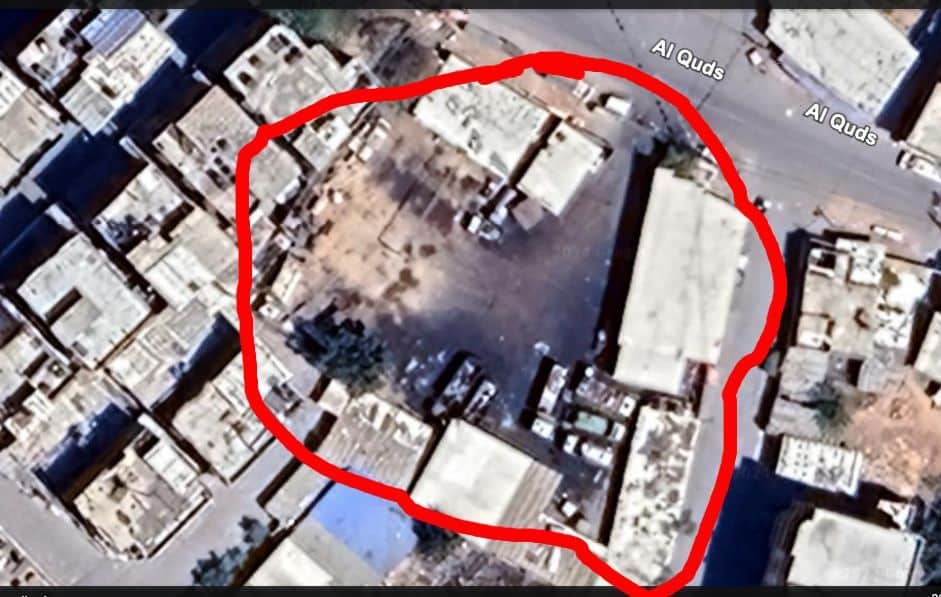
Now these estimates are up to January 2024. The damages have increased in the following months.
Housing infrastructure will be the costliest to rebuild. According to a UN news report, housing will take over 72% of the total cost. Other key infrastructures like water, healthcare and education will take up another 19%.
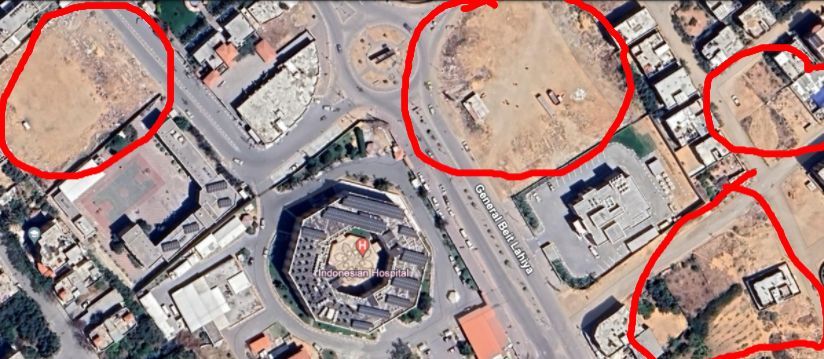
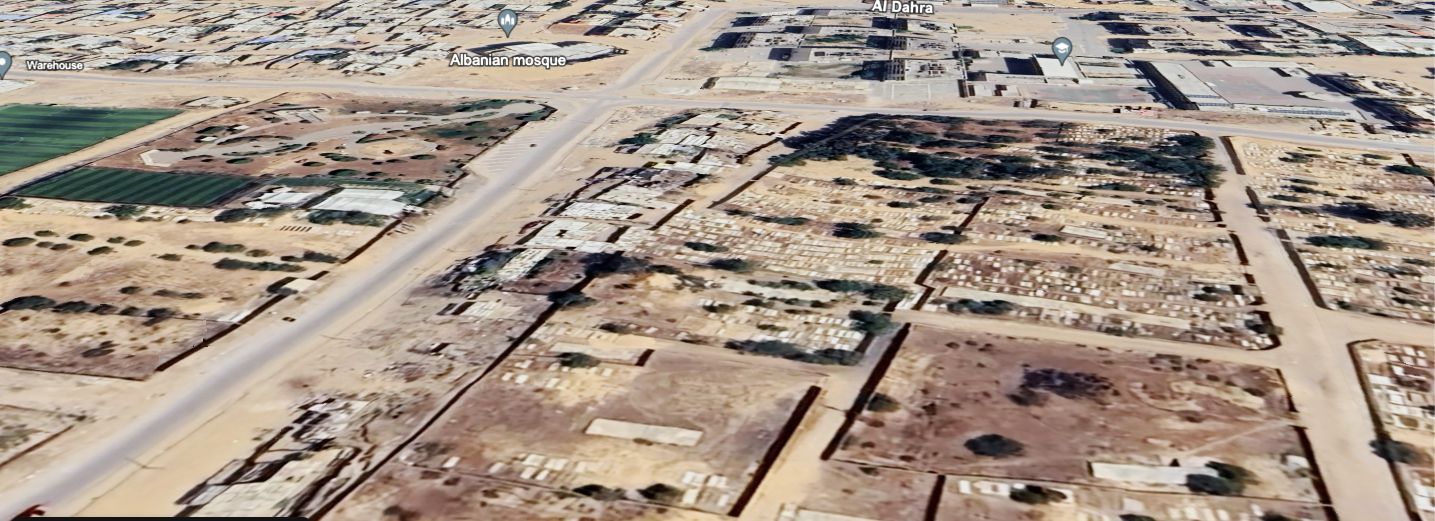
According to Rami Alazzeh of the UN Conference on Trade and Development (UNCTAD), Gaza’s reconstruction will take decades and tens of billions of dollars of investment. Mr Alazzeh asserts that even if Israel ends its attacks and lifts the siege of Gaza now, it will take until 2035 for the enclave “to get back where it was prior to the 2006 blockade”.
However, the report highlights Mr Alazzeh’s estimates that if the economy continues to grow at 0.4% per year, which has been its rate in recent years, it will take up to 2092 for Gaza to return to where it was in 2022.
What about the human factor?
The people of Gaza, who suffered far more than those of the settler colonies did, face the most critical phase of their history. On the one hand, they have no food and water supply, on the other, a large number of working people have been killed in the last six months, affecting several households.
In most of the Muslim households, the men of the working age are responsible for running their houses. Aya Jaafar, an economist at the UN’s International Labour Organization (ILO), estimates that nearly 25% of those killed in Israel’s attacks since October were men of working age.
While Ms Jaafar emphasises that all these families that have lost their “breadwinners” due to Israel’s attacks “will face some economic hardships after the war ends”, the concern is also raised about the entry of more child labour in the Gazan labour market.
Moreover, the ILO estimates that nearly 200,000 jobs have been lost in Gaza, which means nearly 90% of the pre-genocide workforce has suffered. There has been a loss of $4.1m per day since Israeli attacks started, which has decreased the GDP by 80%.
In the meantime, Israel signed agreements with China and India in May last year to get labourers from these countries for different sectors of its economy. Among them, India has signed up to send up to 42,000 workers to Israel to replace the Palestinian workers who earlier worked in the occupied territories, mostly in the construction industry.
Although India has only sent 64 skilled workers from its poverty-clad Haryana and Uttar Pradesh to Israel earlier in April, it’s keen to fulfil the target fast. With the cheap labourers coming from India, Israel will be able to further deprive and persecute the Palestinians in both Gaza and the West Bank.
Israel’s prospects in Gaza
For Israel, and the US-led collective West, Gaza is a resource hub. Destroying its human settlements and forcing its people to seek asylum in Egypt will not just allow Israel to lay control over the land it has been seeking for long, but it will also provide it with access to rich minerals, oil and gas in the region.
Though successive governments in Tel Aviv have been mulling the plan to dig the Ben Gurion Canal from the top of the Gaza Strip, connecting the Mediterranean to the Red Sea, there are concerns as the Yemeni Houthi rebels have been attacking the shipping vessels linked to Israel at the Gulf of Aden and Bab al-Mandab Strait.
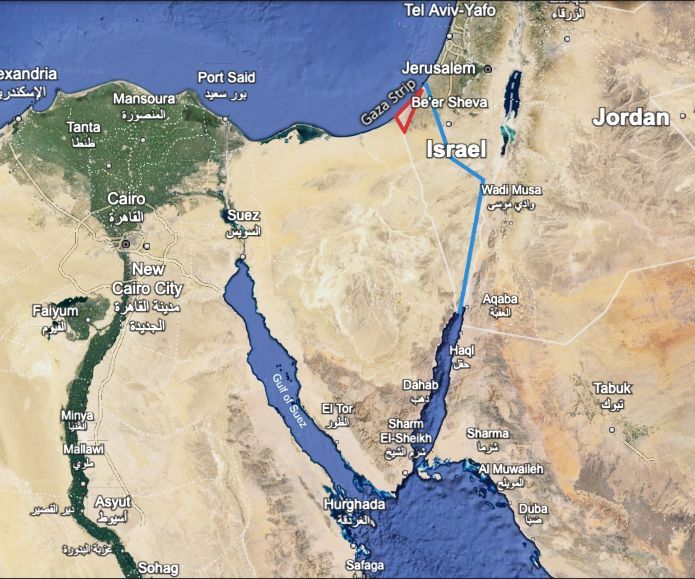
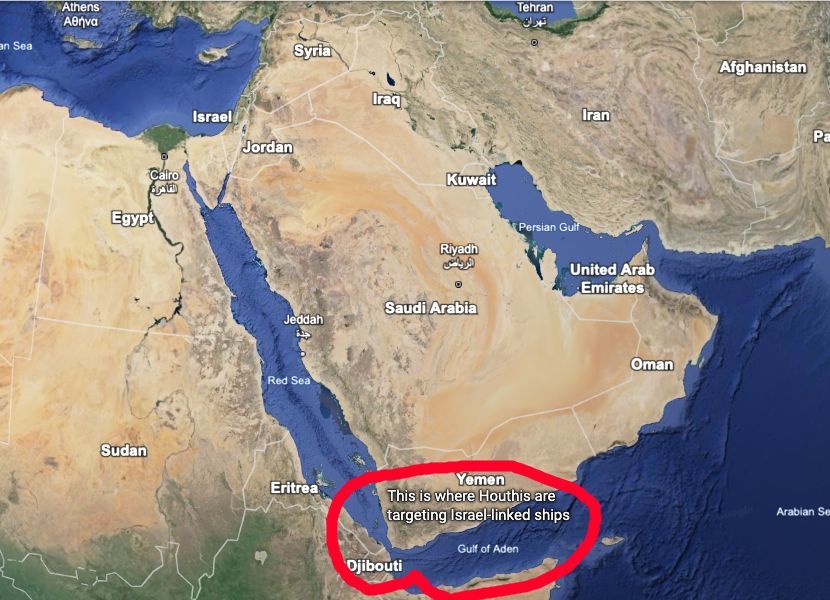
Even if the Israelis manage to build the canal to bypass the Egypt-controlled Suez Canal, there is no guarantee that the Iran-backed Houthi rebels will allow any cargo through the Red Sea.
Still, Israel has no reason under Mr Netanyahu’s far-right government to lift the siege on Gaza and help it recover from the losses.
Mr Netanyahu’s redevelopment plan will continue to focus on fortifying the defence of the occupied territories. For the people of Gaza, no respite is on the horizon.
Moreover, the Polish-origin Israeli prime minister is backed by the US taxpayers’ funds, which keep oiling his war machinery. Even though Israeli bombardments have flattened large parts of Gaza, no country has been sending its taxpayers’ money in the form of “support” to the Palestinian people, unlike their support for the Israelis.
Reconstruction of Gaza, rebuilding the settlements in Gaza, rebuilding its water, healthcare and education facilities, recovering its agriculture sector and generating more jobs for the local population need a huge investment.
But who will pay for the losses? Who will help Gaza recover fast in every aspect? These are questions that would remain unanswered for a long period.
Tanmoy Ibrahim is a journalist who writes extensively on geopolitics and political economy. During his two-decade-long career, he has written extensively on the economic aspects behind the rise of the ultra-right forces and communalism in India. A life-long student of the dynamic praxis of geopolitics, he emphasises the need for a multipolar world with multilateral ties for a peaceful future for all.

